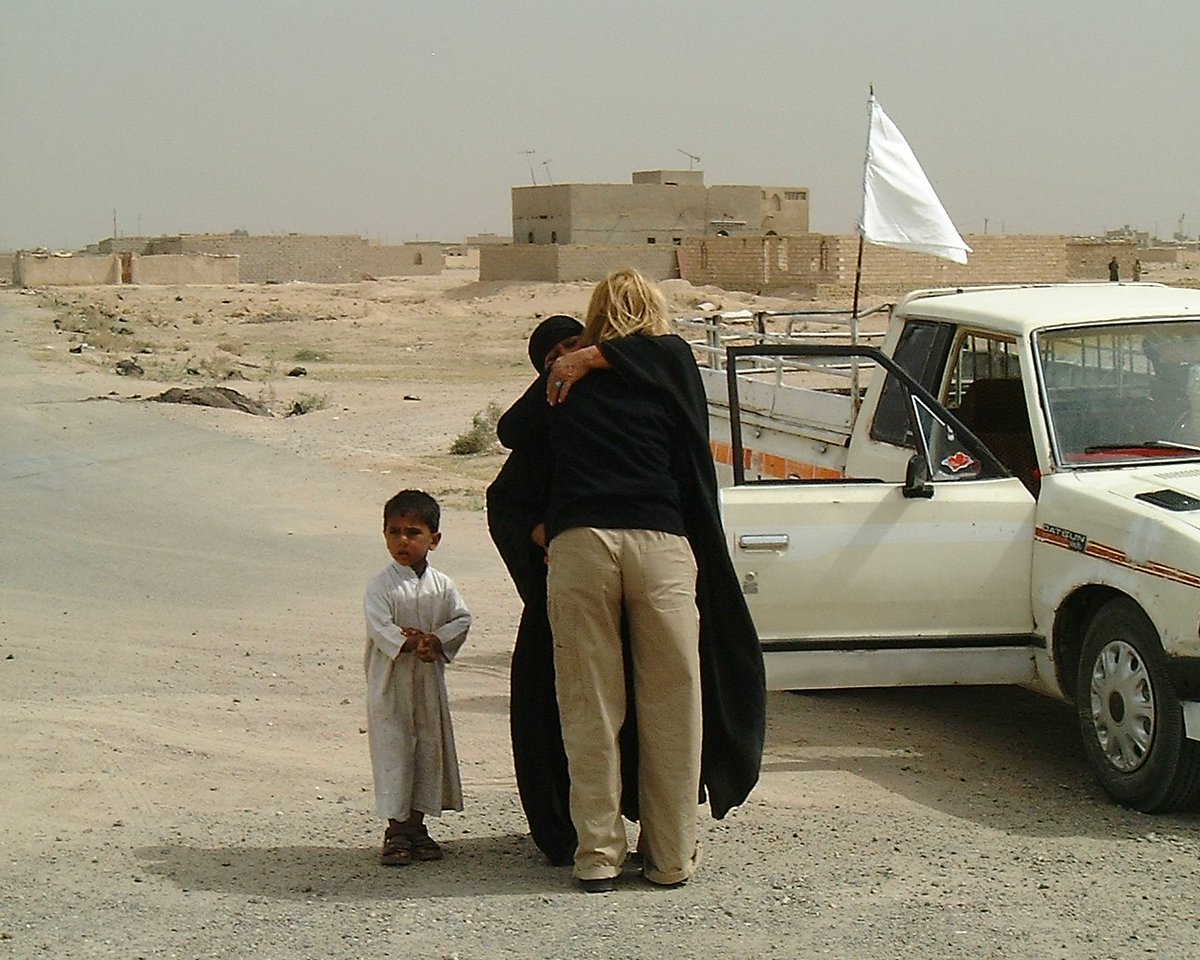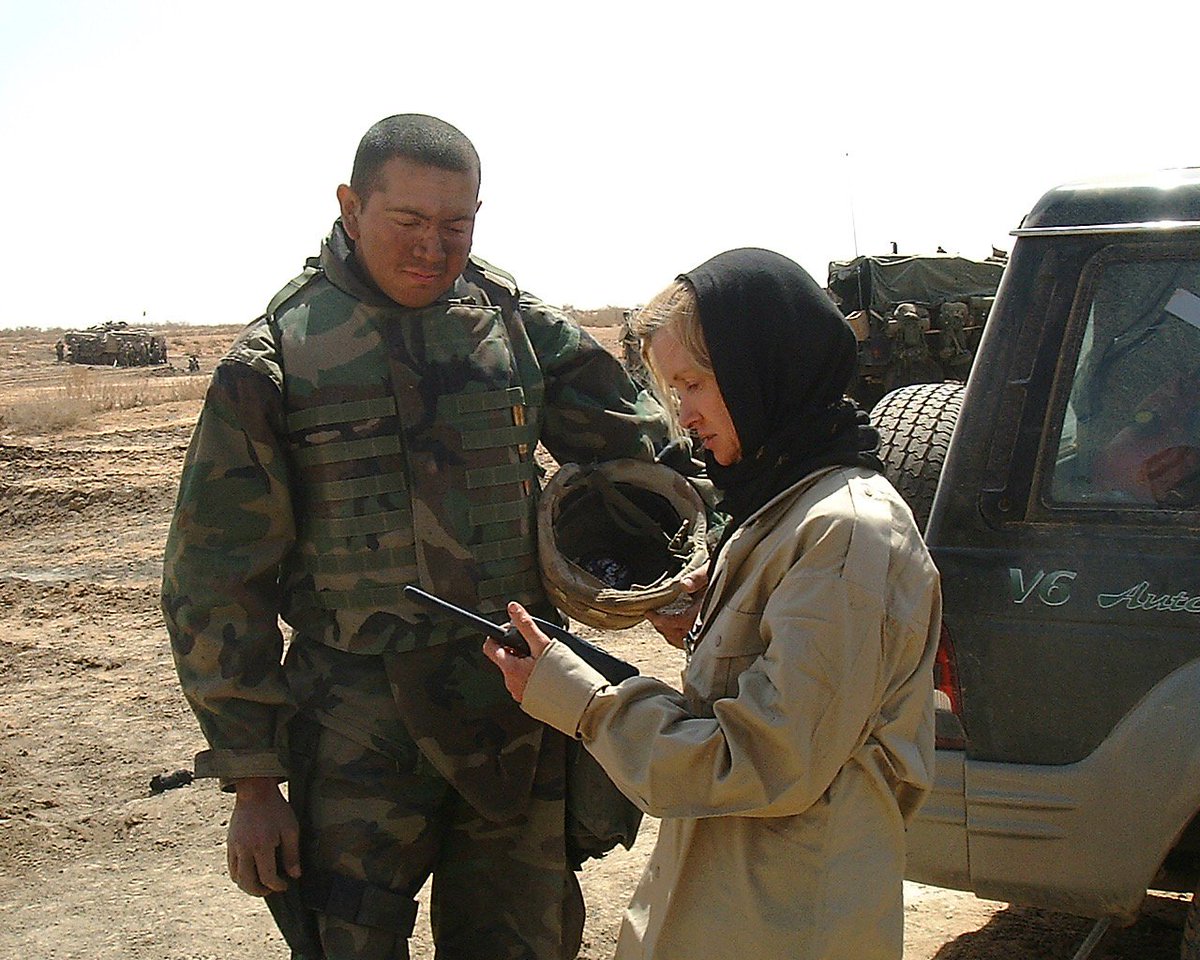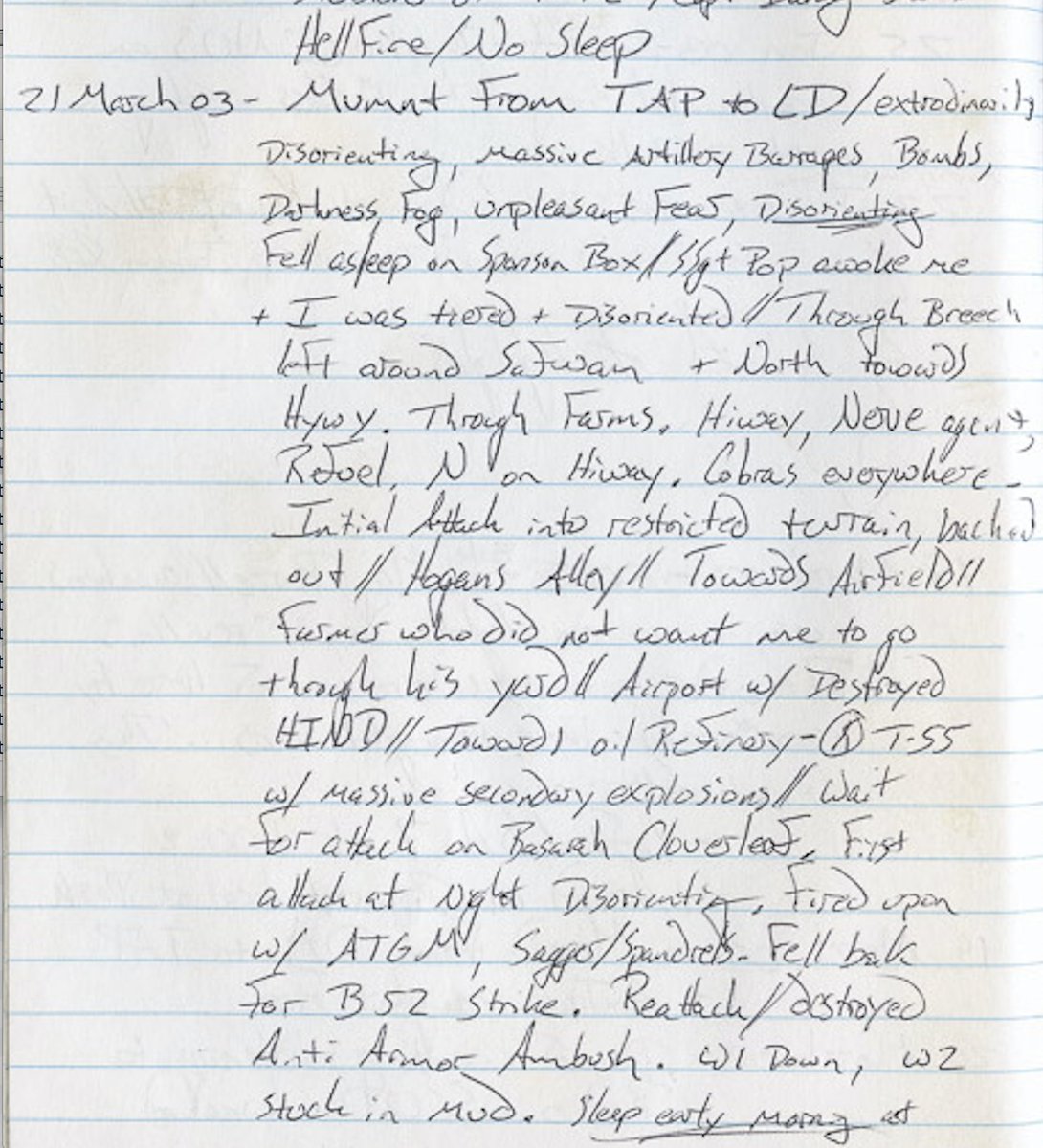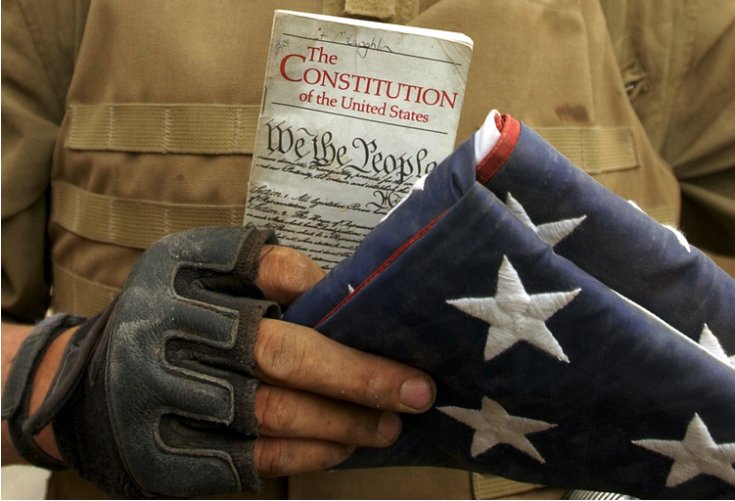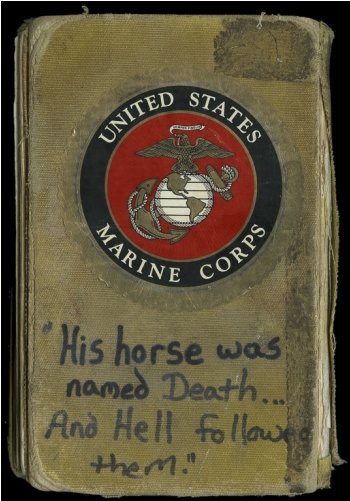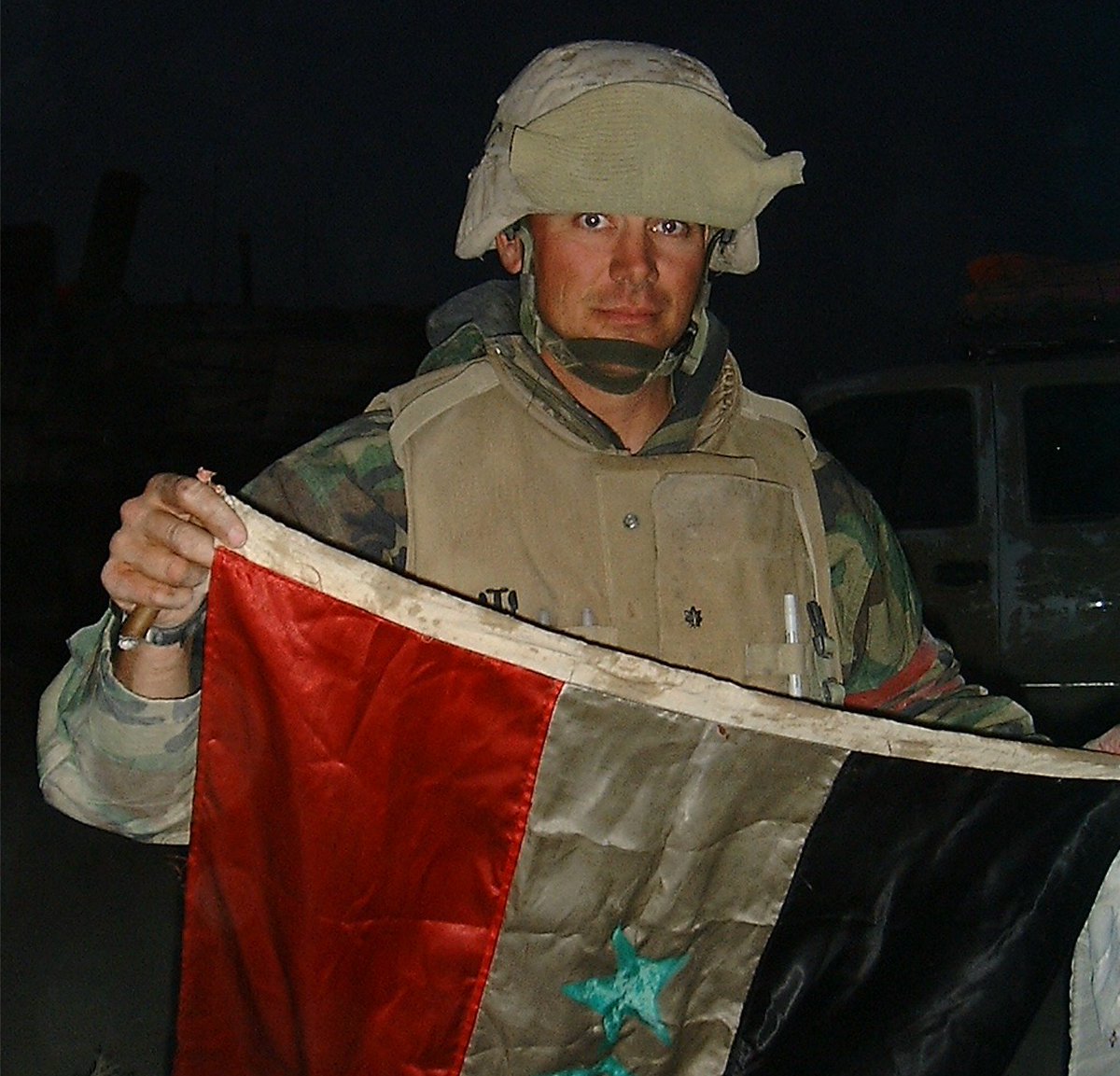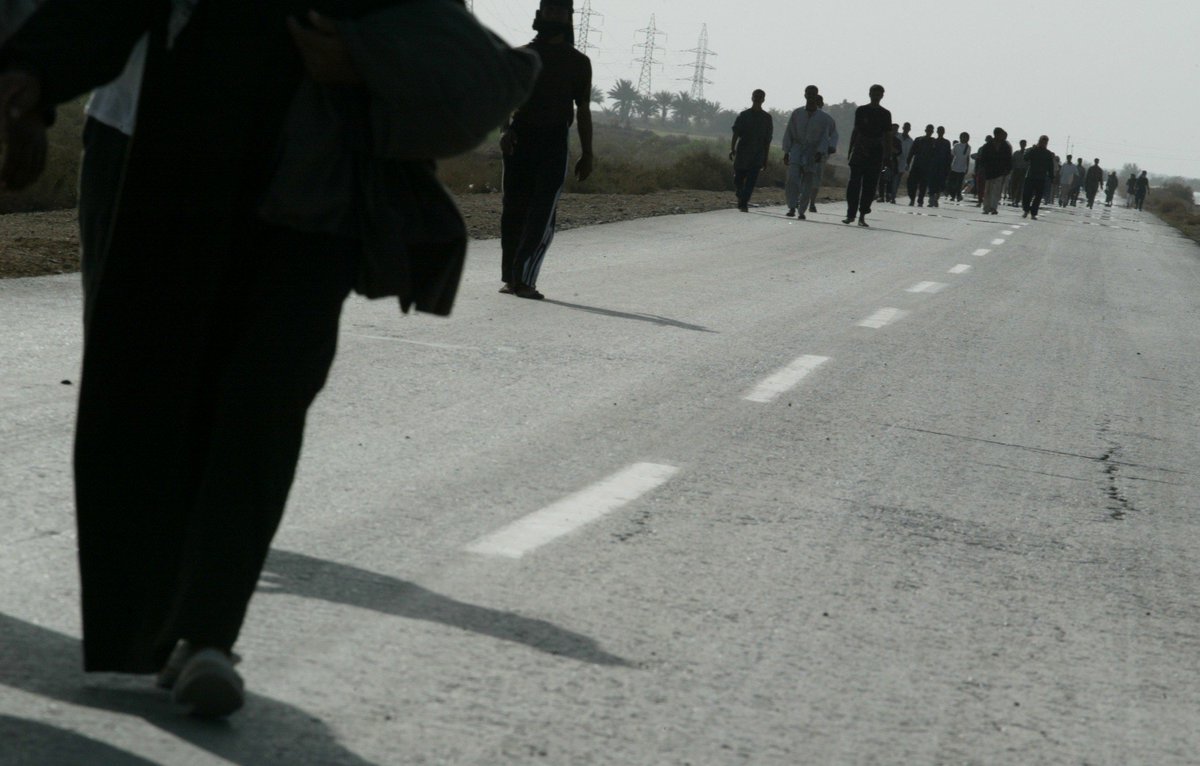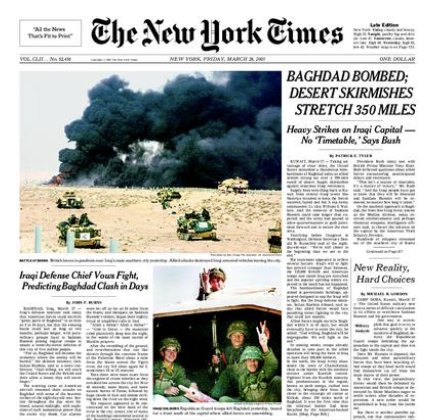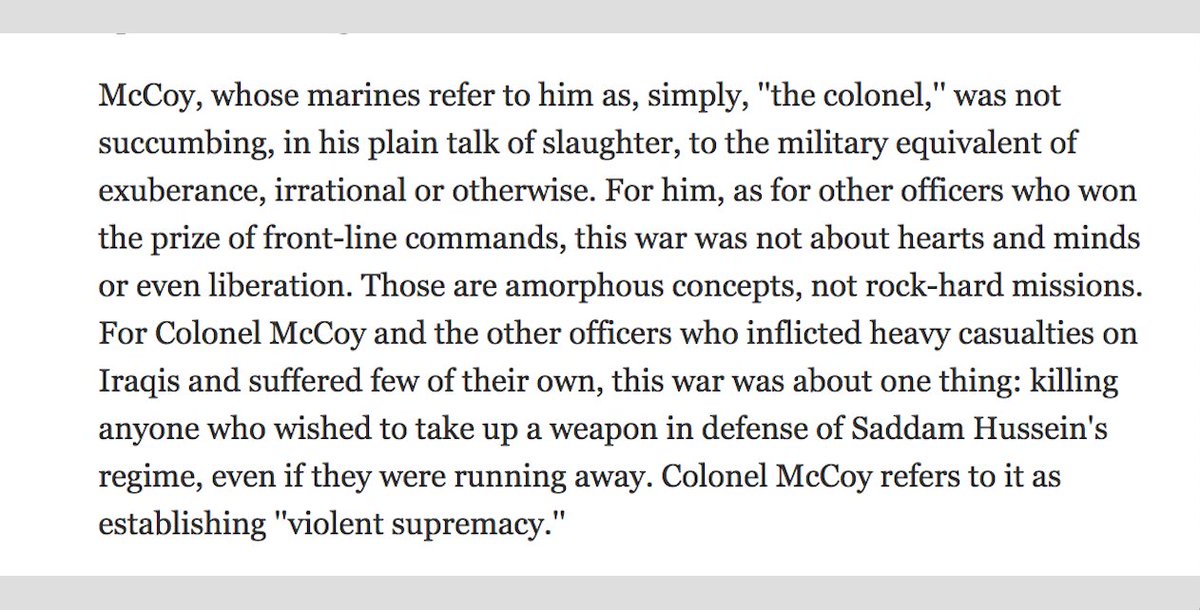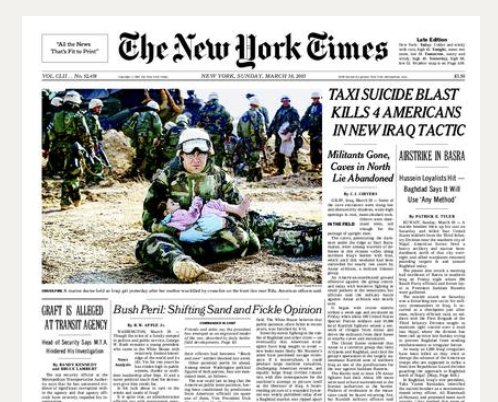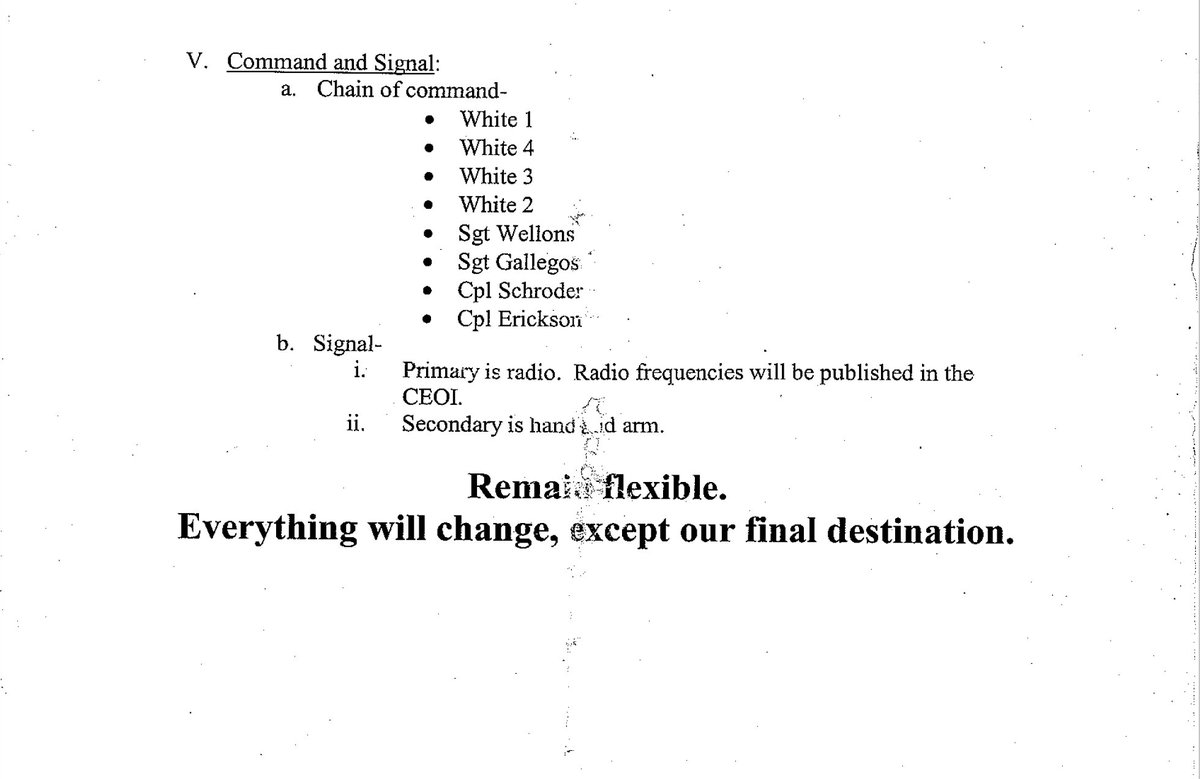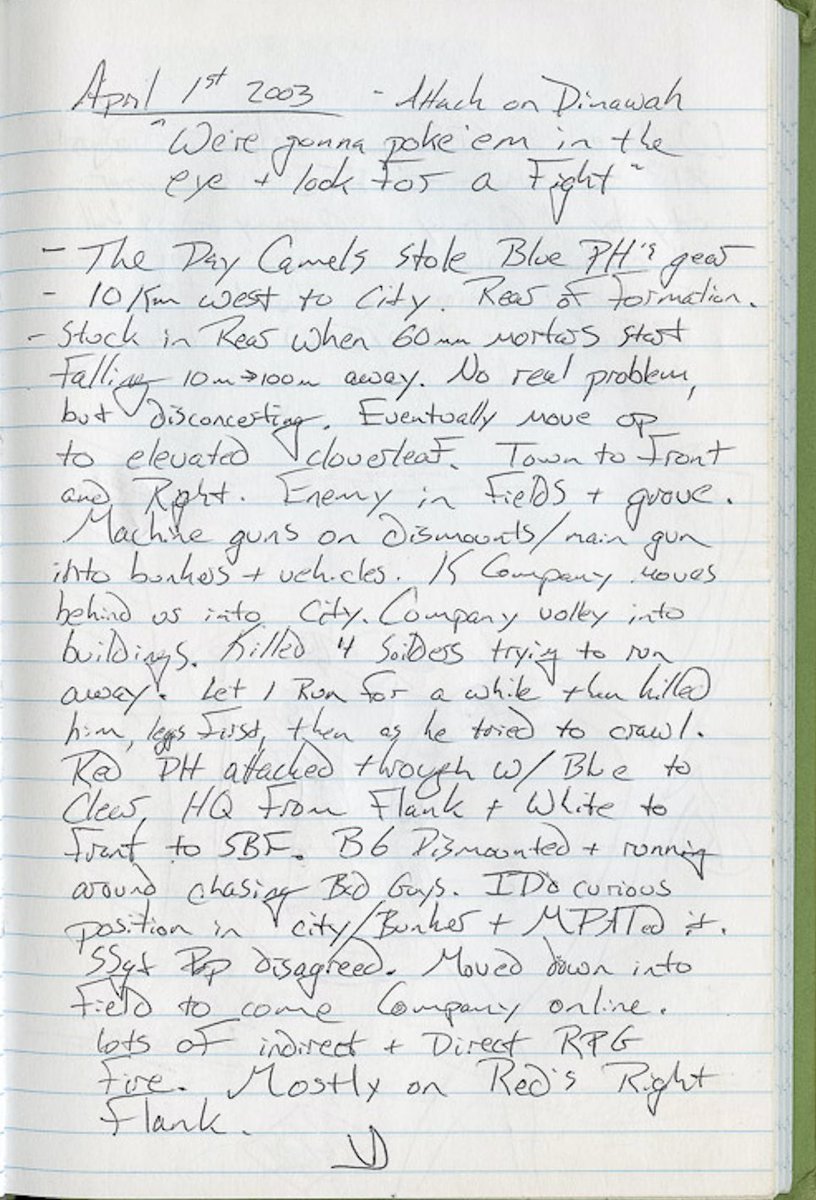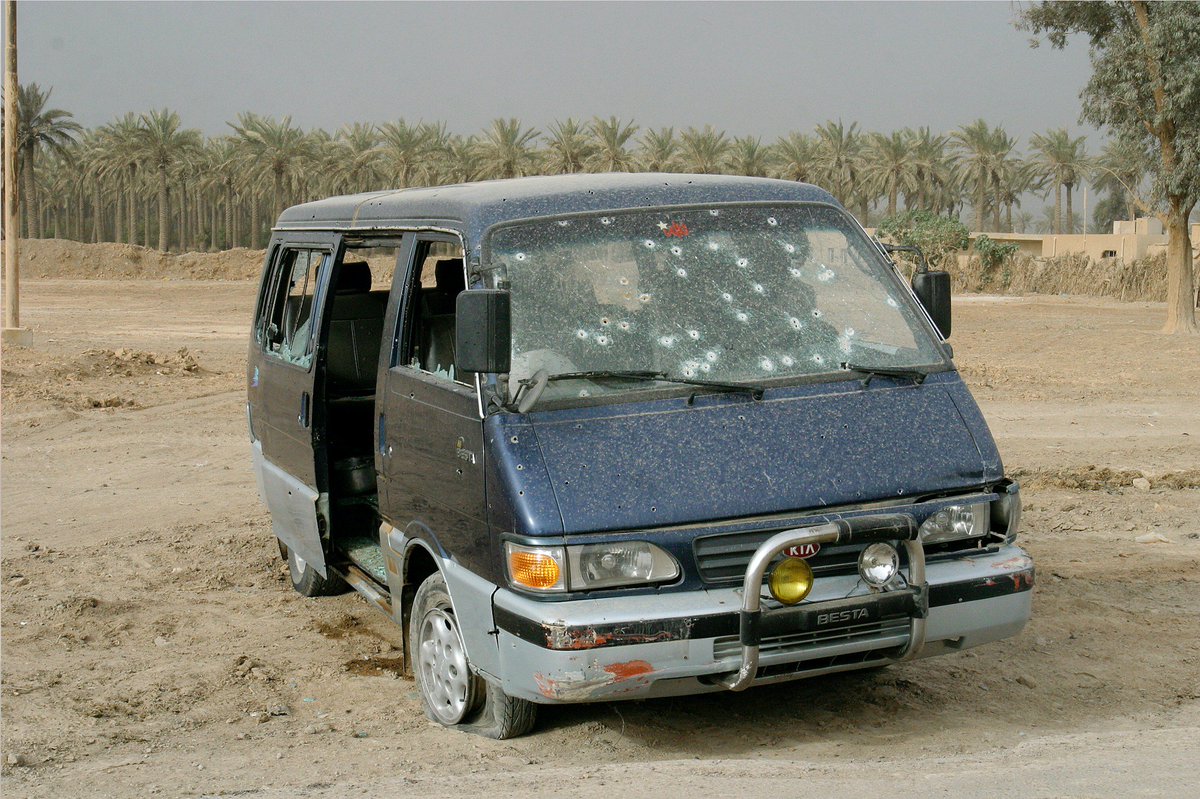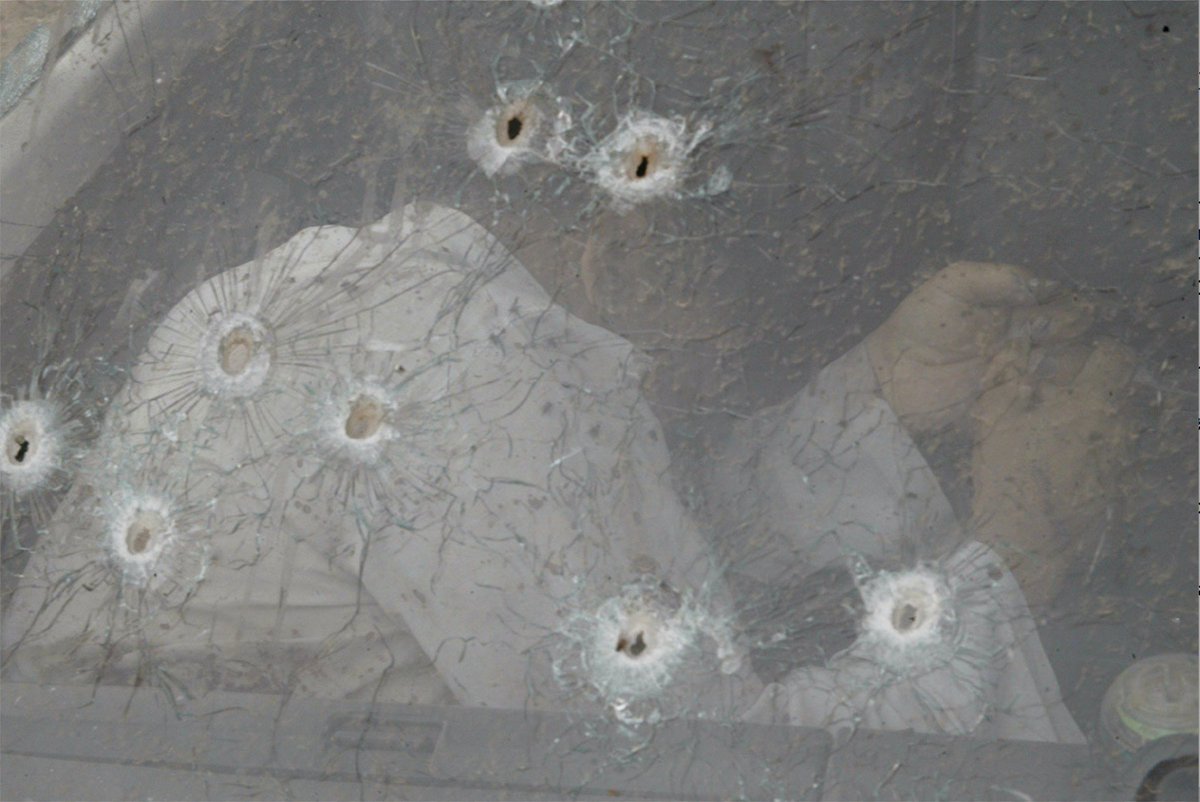"Where are those idiots going?" Mangan asked his driver.
"They're following you," the driver said.
"But I'm here," Mangan noted.
"They think they're following you," the driver said.
"Why?"
"Because you're in a Humvee," the driver said, "and that's a Humvee they're following."
Mangan was furious.
"Do they have a radio?" he asked.
"Yes," his driver replied.
"Can we call them on it and tell them to get their asses back here?"
"Let me check," his driver replied.
The driver ran to the communications tent. He returned in a minute.
"No, sir," he said.
As Mangan tried to figure out what to do, I chatted with his driver.
"Why do you think you're here?" I asked.
"We're here to liberate these fucking eye-rackis," he replied.




